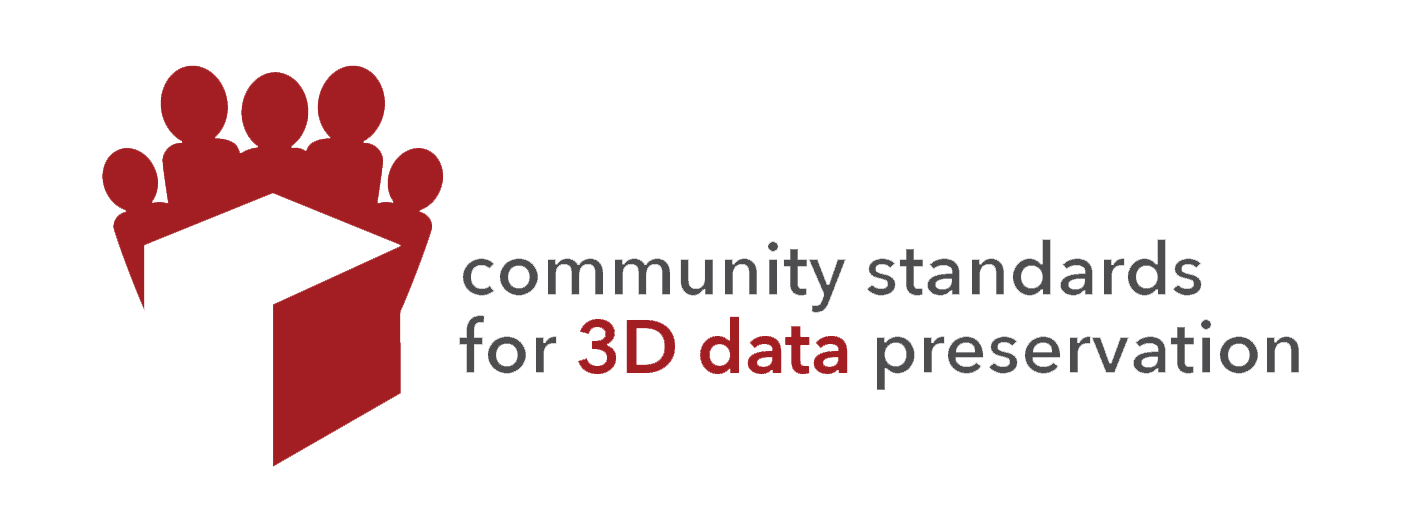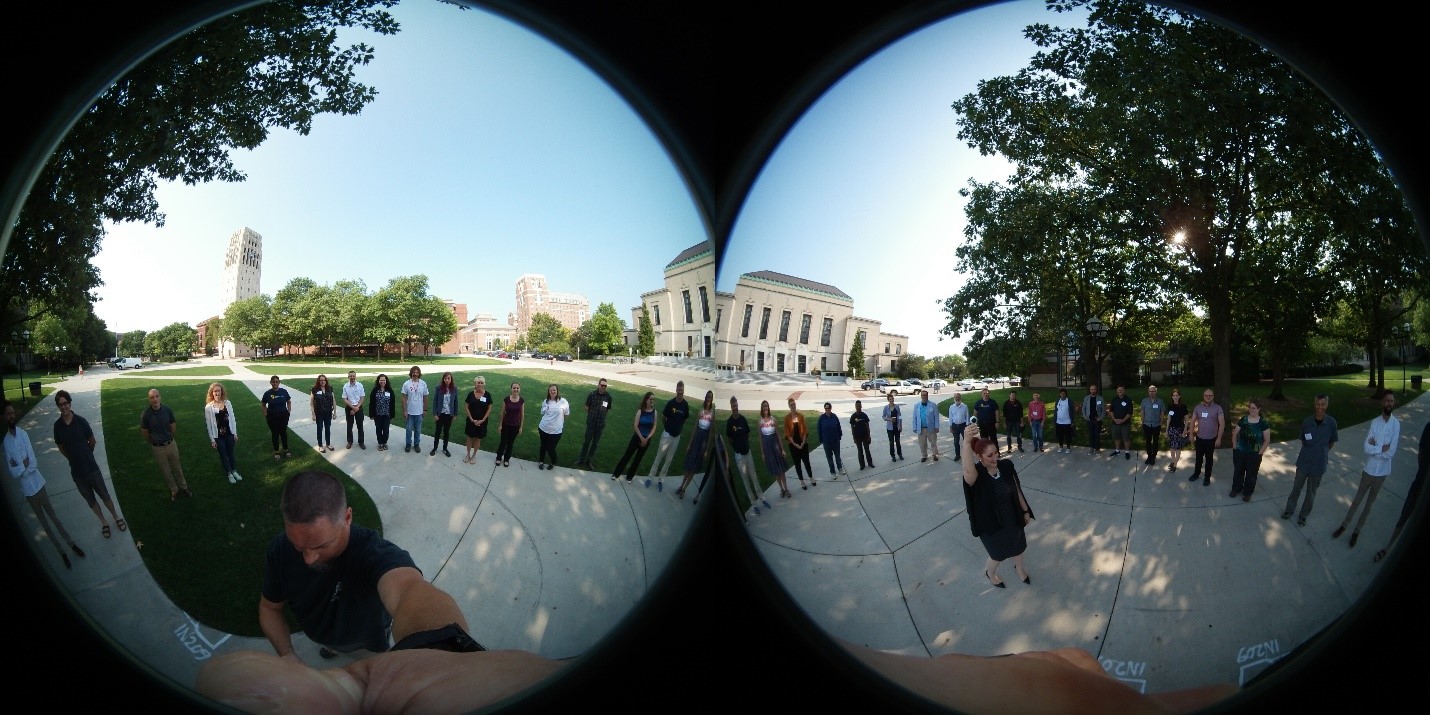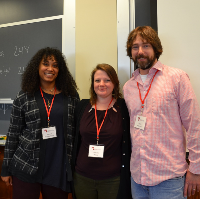Jennifer Moore (Washington University in St. Louis), Adam Rountrey (University of Michigan Museum of Paleontology) and Hannah Scates Kettler (Iowa State University) are Primary Investigators for CS3DP (Community Standards for 3D Data Preservation)

Rapid adoption of new technologies can sometimes result in the creation of vast quantities of poorly documented, at-risk data. While the immediate advantages of a breakthrough technology such as low-cost 3D scanning or high-speed photogrammetry (creating 3D models from a series of photographs) can quickly lead to widespread use, preservation of the resulting data is often overlooked and only considered when the stacks of external drives in the closet are starting to fall over. Indeed, several years ago, we found ourselves wondering if others were eyeing their rapidly accumulating 3D data with similar anxiety, and in 2017, we decided to conduct a survey targeted at those creating, using, and curating 3D data in various fields to find out. Most responses came from individuals at universities, libraries, and museums in the United States, and the majority of respondents were, as we suspected, not using documented best practices or standards for handling 3D data. Those who were had largely developed their own standards in house. Of those not using standards/best practices, 69% said that they did not use them because they were unaware of such standards. However, the vast majority (85%) of all respondents said they would like to develop standards and best practices collaboratively as a community. Survey comments, such as, “I am very excited to see that you are doing this survey and potentially pulling this community together,” from an expert at a leading museum captured the desire for progress in the area as well as the sense that successful standards development would require participation from diverse stakeholders. These results led to the development of the Community Standards for 3D Data Preservation (CS3DP) program.
Programs like ours, CS3DP, as well as those of other groups, such as Lib3DVR and Building for Tomorrow, have recently emerged to help move us toward our shared goal of better documentation, dissemination, and preservation of 3D data. The CS3DP community is diverse, with participants from architecture, natural history, information science, law, medicine, archaeology, and other fields from large and small institutions, in addition to representatives from popular cultural, commercial, entertainment, and non-profit industries. Members are also geographically dispersed, with participants hailing from across North America, Europe, and Africa.

Figure 1: Forum 2 Group Photo in 3D by Will Rourk
The CS3DP has held two national forum events focused on discussion of areas of need and development of working groups, which are researching and developing solutions to the community identified needs. Five core areas identified by the community and under development by the working groups are preservation best practices, metadata, management and storage, rights and ownership, and access and discoverability. Working group discussions and broader community involvement are now maintained by regular virtual meetings. Through this work, the CS3DP is producing an edited volume that articulates the processes, issues, and needs related to 3D data preservation and makes recommendations for moving forward. The volume will be published by the Association of College and Research Libraries (ACRL) in early 2020. If you are interested in learning more about 3D data preservation or would like to contribute to the work of the CS3DP, please join the Google Group: https://groups.google.com/forum/#!forum/community-standards-for-3d-data-preservation-cs3dp

Read more...